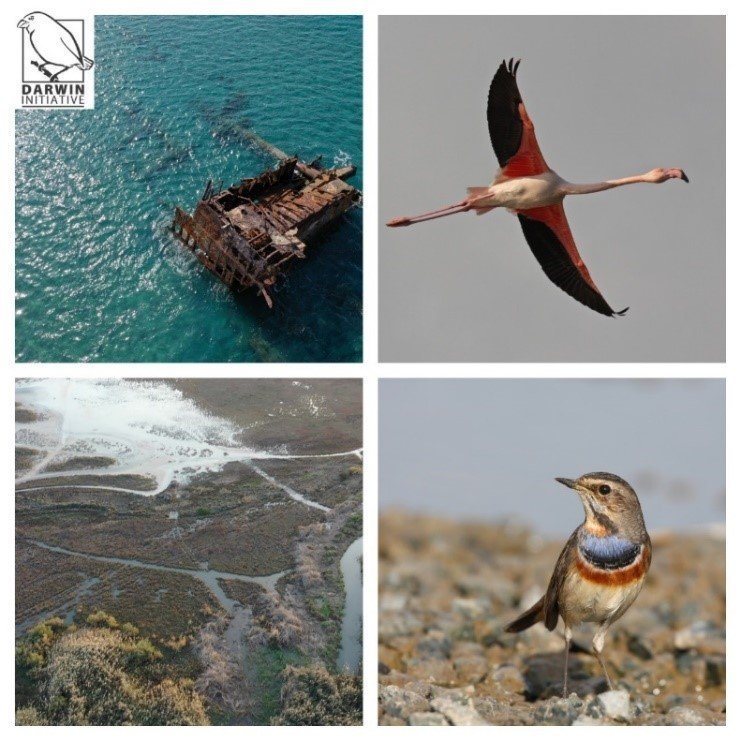Enhancement and sustainable practices for Akrotiri and Cape Pyla (Dhekelia)
The three year-long project, started in July 2021 and is funded by Darwin Plus UK. The aim of the project is to restore and enhance key wildlife habitats within the Cyprus Sovereign Base Areas (SBAs), focusing on the Akrotiri wetlands and the native scrubland on Cape Pyla (Dhekelia). The project will promote the wise use of both areas and at the same time it will develop eco-tourism opportunities to support the local economies. The project partners are Terra Cypria, BirdLife Cyprus (coordinating beneficiary), the Cyprus Sovereign Base Areas Administration Environment Department (SBAA ED) and the RSPB (Royal Society for the Protection of Birds) UK.
The natural environment on these areas is very important with very rich and important biodiversity. Cape Pyla is designated as a Special Area of Conservation because of its diverse habitats. The Akrotiri Peninsula is extremely important both for its avifauna as well as the rest of its species and habitats. For that reason, it is designated and a Special Protected Area for Birds and Special area of Conservation for other species and habitats. It is classified by BirdLife International as an Important Bird Area (IBA) and it is considered to be a wetland of International Importance from the Ramsar Convention for Wetlands.
Within the Akrotiri Peninsula, the project will focus on restoring specific wetland areas by managing the reed beds in Zakaki Marsh and will protect specific important plant species by fencing targeted areas. At the same time, the project will support the sustainable cattle grazing as a conservation tool at Akrotiri Marsh. It will develop and support eco-friendly tourism opportunities for the enhancement of the local economy and will encourage the wise use of the area. An access management plan will be developed, for the reduction of the disturbance on key wildlife species and sensitive habitats of Akrotiri.
At Cape Pyla, the project will focus on the management of the Invasive Alien Species, Acacia saligna.
Click here to find out more about the project and its actions




